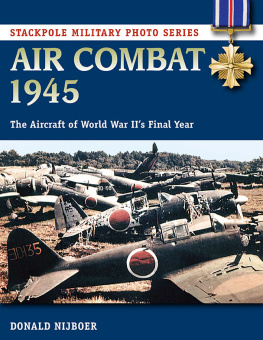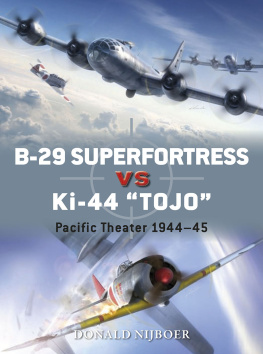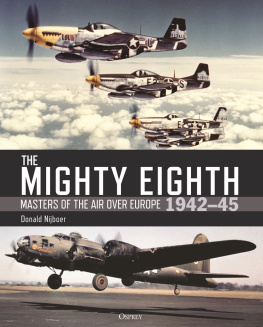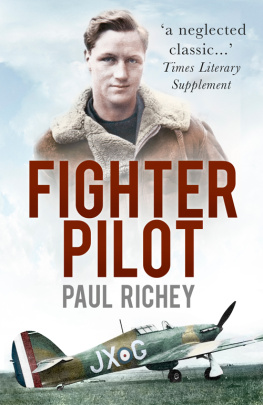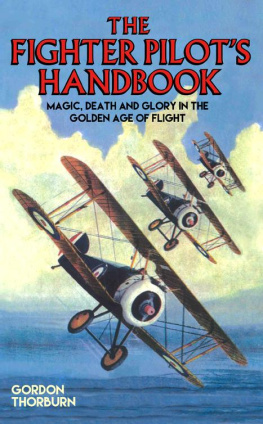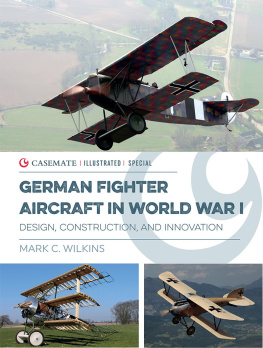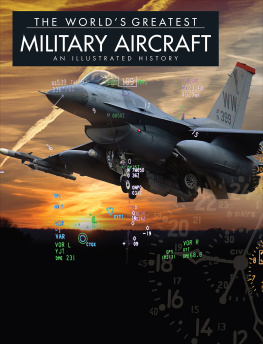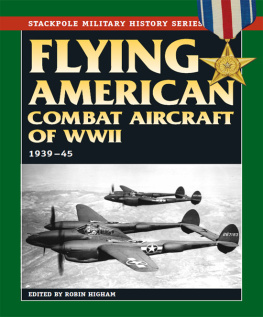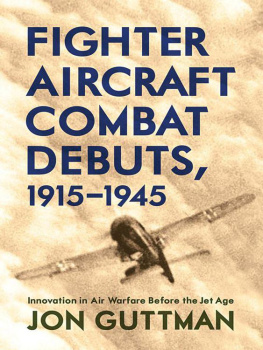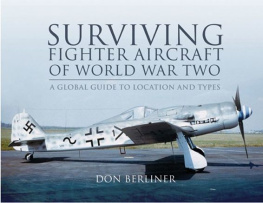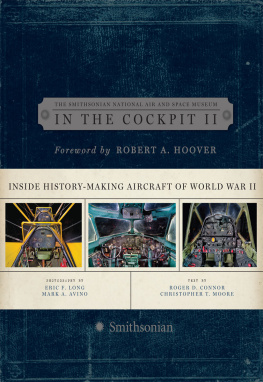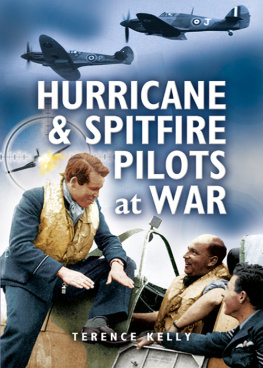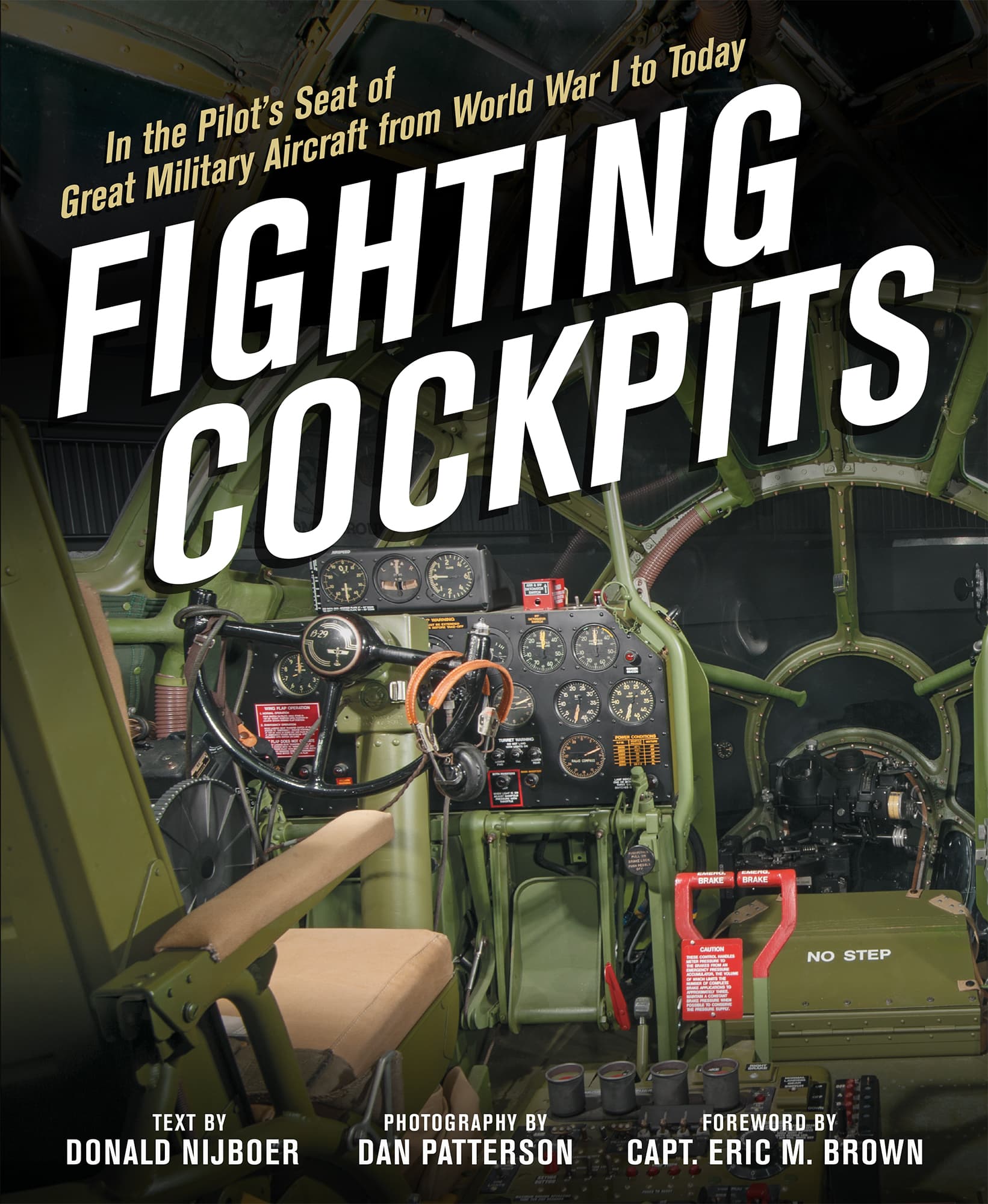Donald Nijboer - Fighting Cockpits: In the Pilot’s Seat of Great Military Aircraft from World War I to Today
Here you can read online Donald Nijboer - Fighting Cockpits: In the Pilot’s Seat of Great Military Aircraft from World War I to Today full text of the book (entire story) in english for free. Download pdf and epub, get meaning, cover and reviews about this ebook. year: 2016, publisher: Zenith Press, genre: Non-fiction. Description of the work, (preface) as well as reviews are available. Best literature library LitArk.com created for fans of good reading and offers a wide selection of genres:
Romance novel
Science fiction
Adventure
Detective
Science
History
Home and family
Prose
Art
Politics
Computer
Non-fiction
Religion
Business
Children
Humor
Choose a favorite category and find really read worthwhile books. Enjoy immersion in the world of imagination, feel the emotions of the characters or learn something new for yourself, make an fascinating discovery.

- Book:Fighting Cockpits: In the Pilot’s Seat of Great Military Aircraft from World War I to Today
- Author:
- Publisher:Zenith Press
- Genre:
- Year:2016
- Rating:4 / 5
- Favourites:Add to favourites
- Your mark:
Fighting Cockpits: In the Pilot’s Seat of Great Military Aircraft from World War I to Today: summary, description and annotation
We offer to read an annotation, description, summary or preface (depends on what the author of the book "Fighting Cockpits: In the Pilot’s Seat of Great Military Aircraft from World War I to Today" wrote himself). If you haven't found the necessary information about the book — write in the comments, we will try to find it.
Climb inside the cockpits of the worlds most famous military aircraft from World War I, World War II to the present day!
What was it like to sit in the pilots seat and take control of a P-51 Mustang in World War II? What about an F-14 Tomcat at the height of the Cold War? Or a Lockheed Martin F-22 Raptor today? The cockpits of these fighter and bomber aircraft are revealed in Fighting Cockpits. Showcasing more than 50 of the worlds most famous combat cockpits from early World War I aircraft to present-day fighters, this book includes more than 200 rich color photos from photographer Dan Patterson, as well as detailed history about combat cockpit development from aviation expert and historian Donald Nijboer.
In the beginning of the twentieth century, aircraft had open cockpits. Pilots during World War I had to bundle up with fleece-lined leather coats, sheepskin thigh boots, and woolen underclothing to avoid freezing in the cold air four miles up. There was no heating, no oxygen for high flying, no retractable undercarriage, no engine starter, no radio links with air or ground, no brakes to help with landing, and no parachutes. The pilot was afforded merely left and right foot pedals to control the rudder and a single central control stick to cause the nose of the plane to pitch up or down. Since then, the cockpits of fighters and bombers have seen quite an evolution, and the chronology is represented in Fighting Cockpits. Presented in large-format volume, this book will complete any history buff or aviation enthusiasts library.
Aircraft includes...
Wind in the Wires: Nieuport 28, Royal Aircraft Factory S.E.5, Bristol F.2, Fokker Dr.I, Sopwith Camel, Sopwith Triplane, AEG G.IV, SPAD VII, Halberstadt CL.IV, Fokker D.VII
The Rise of the Monoplane: Martin MB-2, Hawker Hind, Fiat CR.32, Boeing P-26 Peashooter, Curtiss F9C, Sparrowhawk, Vought SB2U Vindicator, Westland Lysander, PZL P.11
World War II: Supermarine Spitfire, Messerschmitt Bf 109, Republic P-47 Thunderbolt, North American P-51 Mustang, Handley Page Halifax, Vickers Wellington, Focke-Wulf Fw 190 Wurger, Fairey Firefly, Fiat CR.42, Ilyushin Il-2 Sturmovik, Heinkel He 219 Uhu, Kawasaki Ki-45 Toryu, Curtiss SB2C Helldiver, Northrop P-61 Black Widow, Boeing B-17 Flying Fortress, Boeing B-29 Superfortress, Dornier Do 335 Pfeil, Messerschmitt Me 262 Schwalbe, Arado Ar 234 Blitz
Cold War to the Present: North American F-86 Sabre, Boeing B-52 Stratofortress, Grumman A-6 Intruder, General Dynamics F-111 Aardvark, Hawker Siddeley Harrier, McDonnell Douglas/Boeing F-15 Eagle, Grumman F-14 Tomcat, Fairchild Republic A-10 Thunderbolt II, General Dynamics/Lockheed Martin F-16 Fighting Falcon, Mikoyan MiG-29, Rockwell B-1 Lancer, Lockheed Martin F-117 Nighthawk, Lockheed Martin F-22 Raptor, Lockheed Martin F-35 Lightning II Joint Strike Fighter
Donald Nijboer: author's other books
Who wrote Fighting Cockpits: In the Pilot’s Seat of Great Military Aircraft from World War I to Today? Find out the surname, the name of the author of the book and a list of all author's works by series.

